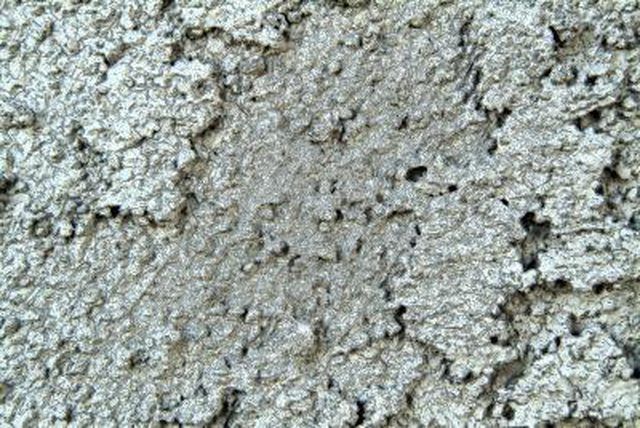Bulbs
Flower Basics
Flower Beds & Specialty Gardens
Flower Garden
Garden Furniture
Garden Gnomes
Garden Seeds
Garden Sheds
Garden Statues
Garden Tools & Supplies
Gardening Basics
Green & Organic
Groundcovers & Vines
Growing Annuals
Growing Basil
Growing Beans
Growing Berries
Growing Blueberries
Growing Cactus
Growing Corn
Growing Cotton
Growing Edibles
Growing Flowers
Growing Garlic
Growing Grapes
Growing Grass
Growing Herbs
Growing Jasmine
Growing Mint
Growing Mushrooms
Orchids
Growing Peanuts
Growing Perennials
Growing Plants
Growing Rosemary
Growing Roses
Growing Strawberries
Growing Sunflowers
Growing Thyme
Growing Tomatoes
Growing Tulips
Growing Vegetables
Herb Basics
Herb Garden
Indoor Growing
Landscaping Basics
Landscaping Patios
Landscaping Plants
Landscaping Shrubs
Landscaping Trees
Landscaping Walks & Pathways
Lawn Basics
Lawn Maintenance
Lawn Mowers
Lawn Ornaments
Lawn Planting
Lawn Tools
Outdoor Growing
Overall Landscape Planning
Pests, Weeds & Problems
Plant Basics
Rock Garden
Rose Garden
Shrubs
Soil
Specialty Gardens
Trees
Vegetable Garden
Yard Maintenance
Difference Between Downy Mildew & Powdery Mildew
Difference Between Downy Mildew & Powdery Mildew. Downy mildew and powdery mildew are fungal infections that affect plants. To determine which particular infection is afflicting a plant, the symptoms are examined. Both attack the leaves, but damage them differently.

Downy mildew and powdery mildew are fungal infections that affect plants. To determine which particular infection is afflicting a plant, the symptoms are examined. Both attack the leaves, but damage them differently.
Origin
Downy mildew belongs to the Peronosporaceae family and powdery mildew belongs to the Erysiphaceae family.
Infection Site
Powdery mildew spores appear on both sides of the leaf, where as downy mildew only produces spores on the underside of leaves. Powdery mildew produces spores in a tree-like formation, while downy mildew spores are produced in chains.
Growth Conditions
Powdery mildew requires a nighttime temperature of at least 60 degrees F and a daytime temperature of 80 degrees F. It also requires a nighttime humidity of 90 to 99 percent and a daytime humidity of 40 to 80 percent, according to R. K. Horst, professor of plant pathology at Cornell University. Downy mildew can't survive below 40 degrees or above 80 degrees F. Sixty-five degrees is ideal for downy mildew and humidity needs to be above 85 percent.
Transmission
Powdery mildew spores are spread by wind. Downy mildew spores spread as a result of splashing water. Spores are usually launched from dead leaves on the ground upward to the underside of plant leaves during rainfall.
Symptoms
Powdery mildew produces a thick web of white spores that cover the leaves, stems and shoots. The leaves turn yellow and fall off. Downy mildew produces a gray or white fuzz on the underside of leaves. The top of the leaf has yellow blotches.